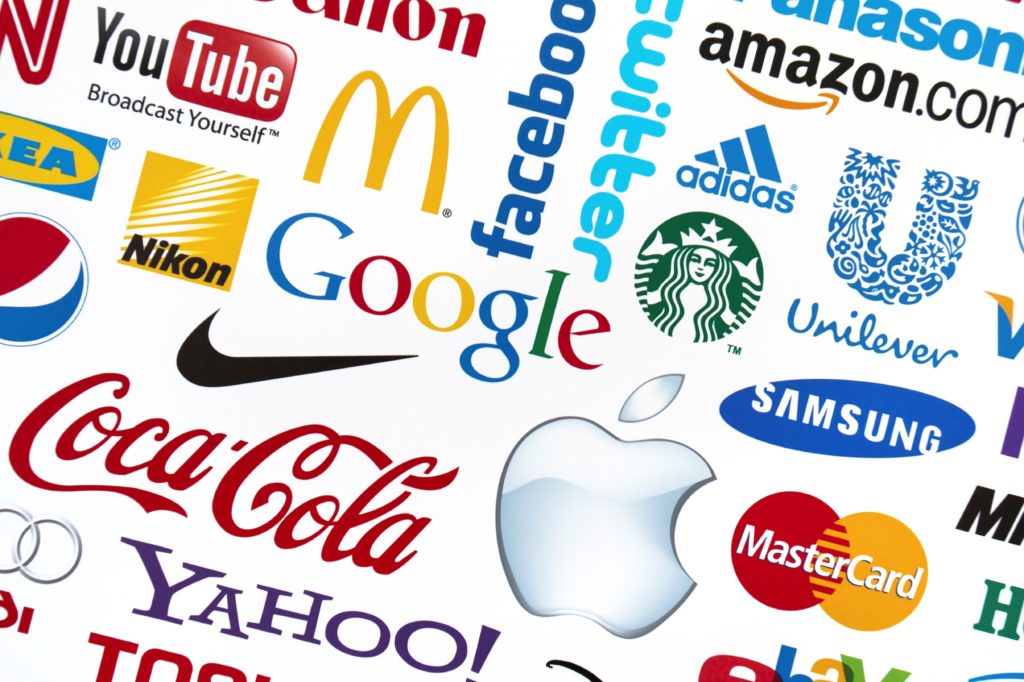Oftentimes, artists feel intimidated by the business and legal side of creativity. However, if it weren’t for the ability to protect intellectual property, creatives wouldn’t be able to fund their careers. This becomes especially true when collaborating with other creatives (or doing commercial work). The majority of the time when working on a project, you’ll need to either reach out to potential partners, collaborators, investors, or employees.
So, how can you ensure that the idea is protected?
Attorney At Law Natalia Aranovich, LA-based lawyer (who is a creative herself) started her law firm to focus on helping creatives build strong brands and businesses.
We had the pleasure of interviewing Natalia on RAW’s INDUSTRY EXCHANGE, where she spoke on the subject of intellectual property. Natalia stated that the importance of protecting your ideas is the same as putting them out there. She revealed a common mistake that past clients have made – to help others avoid making the same mistake – is that they reached out to her after presenting their fully-formed idea to potential partners/investors and not before.
*QUICK TIP: Natalia says if the idea is not officially registered yet, make sure anyone that you’re sharing it with signs an NDA (non-disclosure agreement).
She mentions that in order to protect yourself, you must know your rights. Since there’s a lot of information out there, we’ve formulated a quick breakdown on the two main types of intellectual property all creatives encounter: Copyright and Trademark.
When you get into specific regions or art forms things could get a bit more complex. However, to start off and make this all a little less confusing – we’ve included links to further your research, as well as tips to help you better understand the subject.
Two Main Types of Intellectual Property:
COPYRIGHT
In the United States, creative work is automatically protected by copyright as long as it is both original, complete, and fixed in tangible form. For example lyrics, drawings, music, photograph, script, programming code, etc.

Visual Arts– Artwork, Illustrations, Jewelry, Fabric, Architecture
Photographs– News Photos, Selfies, Wedding Photos, Family Photos
Performing Arts– Music, Lyrics, Sound Recordings, Scripts, Stage Plays
Motion Pictures– Movies, TV Shows, Video Games, Animation, Videos
Literary Works– Include (Fiction, Non-Fiction, Poetry, Articles, Periodicals)
Other Digital Content– Include (Computer Programs, Databases, Blogs, Websites)
The U.S. does not legally require you to register, but it is advised in order to properly protect your work.
“Simple Application”
– Must be one work
– Must be one original author
– Filing fee $45
“Standard Application”
– Must be one work
– If there is more than one author
– If rights were previously transferred
– Filing Fee $65
“Group of Unpublished Works Application”
– Two to twenty works (collection of works)
– Photographers can register up to 750 photos
– Filing Fee $65
Alternative/Temporary Protection Method
Keep in mind these methods do not protect your work in the same way that registered copyright works do. However, we thought it was worth mentioning a few alternatives to protect your ideas, as well as their pros and cons:
Watermarking: Watermarking has been used as an alternative to stopping people from infringing on your work. However, with today’s technology, there are many apps that can take out watermarks. Due to the high risk, this is a method we would not depend on as a stand-alone precaution, but it is still a good measure to take to help protect your work in some capacity.
Timestamping: People used to mail themselves copies as an alternative to legally registering their music or written work. This was done for the sake of creating a timestamp in case they needed to prove the date of completion.
Using today’s technology, you can achieve the same results, but with more effectiveness and less hassle. Just by uploading your work to google drive, emailing it to yourself, or any other upload form that records a timestamp, you automatically have proof of completion time.
-Example: you can use the timestamping method if you are working on an album of original music where you have only completed a few tracks. This way, your work is protected until all works are complete and ready for the Group of Unpublished Works Application.
Copyright infringement occurs when a copyrighted work is reproduced, distributed, performed, publicly displayed, or made into a derivative work without the permission of the copyright owner.
-Infringement Gray Area Example: A fashion designer creates drawings of their collection and sends it to the copyright office. However, because clothes are considered useful articles, others can copy and sell without any liability. You can see this when shopping at Zara, H&M, and Forever 21.
In 2017, the US Supreme Court decided the aesthetic elements (design/graphic) of the “useful article” (aka clothing) can now be restricted under copyright law. This was decided in a historic case between clothing brands. Varsity Brands and Star Athletic both had an identical top design for their cheerleading uniform. Because of this, Star Athletic (who was not the originator of that copyright) is now not allowed to produce and sell that design.
TRADEMARK
Trademarks are to distinguish your product/service from others. A trademark is unlike a patent in that it protects words, phrases, symbols, sounds, smells, and color schemes. For example: a brand/logo. The point of a trademark is not to confuse the market.

Trademark law in the US and UK is not established by first to file, but by first to use it in commerce. However, the reason one registers a federal trademark is to establish use of that trademark outside the region that they have already established use.
–Example: There’s a band called “The Kelly” from Alabama and another band with the same name from California. Both bands have established usage and notoriety in their respective communities. Since the purpose of a trademark is to not create confusion to the public, neither band would be able to get a federal filing of the trademark unless they worked it out with one another.
Registration Process
FEES: Trademark registration fees are not cheap and start at $225 per class of goods/services. The more complex nature and/or possible delays can cause this fee to grow even more. This is why it may be smarter to pay extra to have a lawyer take care of it for you.
RESEARCH: Prior to filing you or the lawyer should research if the trademark in question has already been used.
*Research should be conducted both on commercial databases such as Google and the USPTO database.
FILE: After filing, the United States Patent and Trademark Office takes three months to analyze your application.
ACCEPTED: If everything looks good you will receive your trademark in the 6 months after you filed.
DELAYED: If the USPTO finds any likely confusion during the 3-month analysis, they will send back your application and you’ll need to file a response. This scenario can make the process take up to a year.
Common Mistakes:
Artists will register through the website themselves, before conducting the proper research (to ensure their product is unique) that can prevent the application being denied or taking longer to register.
*NOTE: Registering your trademark can get very complex and varies depending on field, location, usage, and notoriety. Therefore, even if you want to do it yourself, it is always advised that you hire a lawyer.
Additional information not mentioned above:
https://assets.publishing.service.gov.uk/government/uploads/system/uploads/attachment_data/file/456368/IP_rights_in_USA.pdf
https://www.innovation-asset.com/blog/the-4-main-types-of-intellectual-property-and-related-costs
